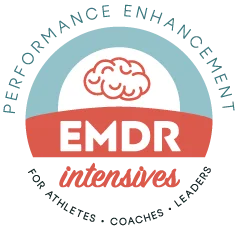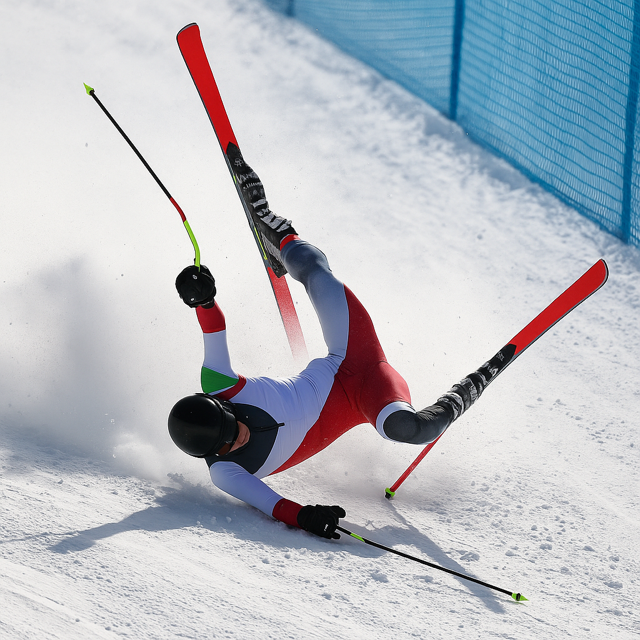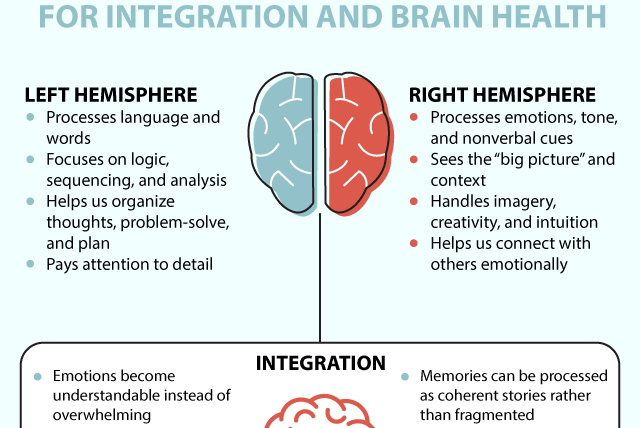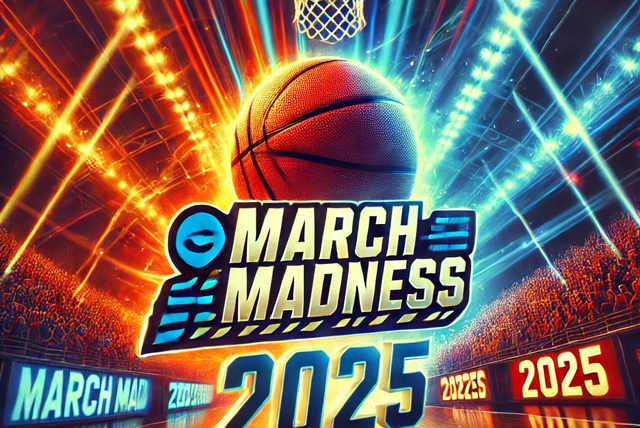Summary:
- PTSD in athletes is under-recognized and often misdiagnosed.
- EMDR therapy is a powerful, research-backed treatment for sports-related trauma.
- Athlete mental health is deeply impacted by both physical and emotional injuries.
- High performers often struggle in silence due to stigma and “mental toughness” culture.
- EMDR helps reprocess trauma, reduce symptoms, and improve readiness to train and compete.
- Advocates like Mikaela Shiffrin, Simone Biles, and Naomi Osaka are changing the narrative.
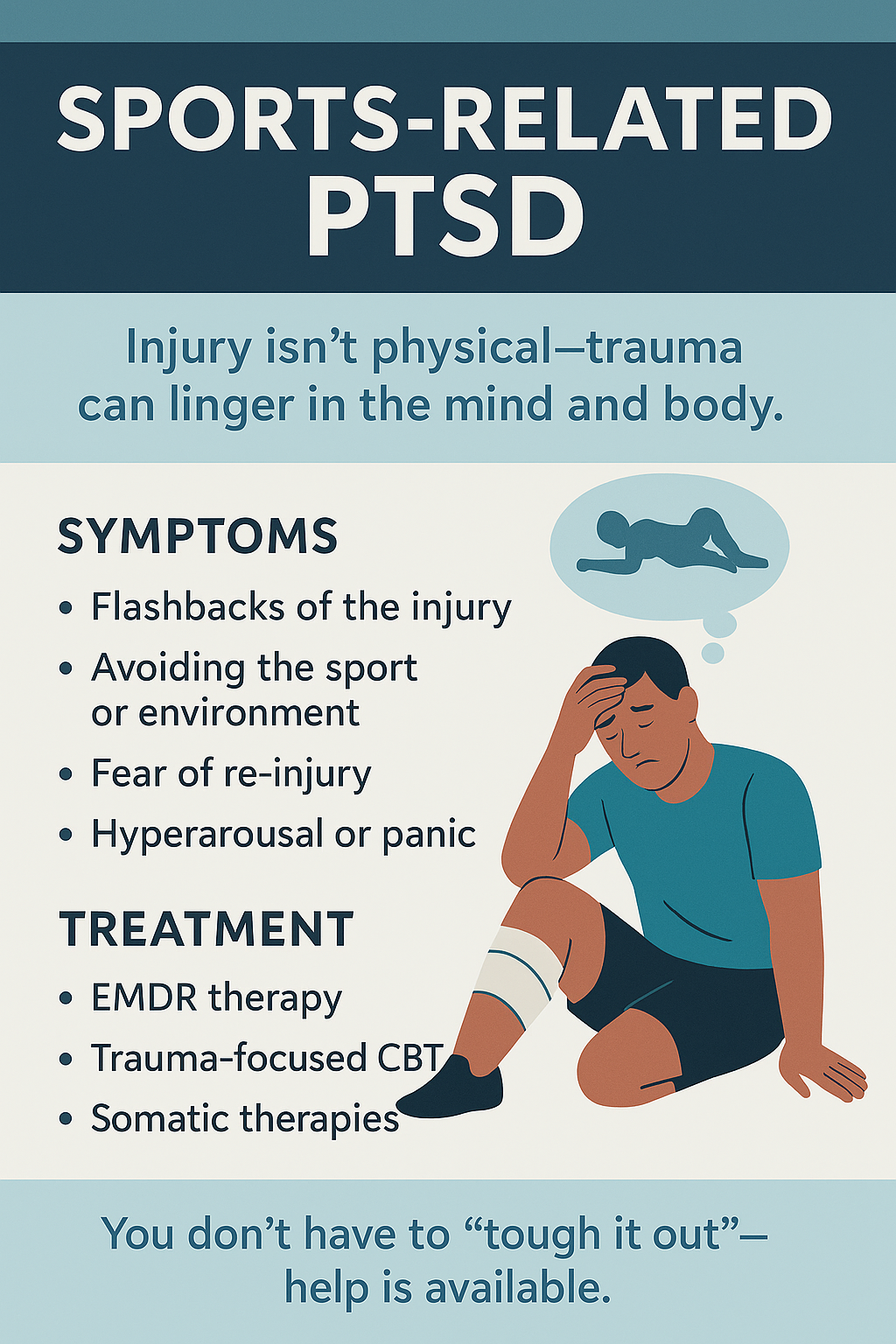
The Silent Impact of PTSD in Athletes
“Unfortunately, psychological barriers have a much greater impact on more athletes than we even realize,” Mikaela Shiffrin shared. She has been transparent with the media about experiencing intrusive thoughts and PTSD symptoms after a serious crash during the giant slalom in November 2024.
Sports-related PTSD is a vital but often overlooked part of athlete mental health. Symptoms are frequently missed due to stigma, a lack of education about psychological injuries, and the ability of athletes to compartmentalize and return to competition. These experiences are sometimes mislabeled as burnout or depression.
Thanks to athletes like Mikaela for bravely speaking out, more attention is being given to this critical issue.
Understanding EMDR and How It Helps
As an EMDR (Eye Movement Desensitization and Reprocessing) therapist specializing in trauma and sports trauma, I help clients understand that their nervous system may be sounding the alarm. Often, they’re living with a “frozen” memory—one that hasn’t been fully processed—leading the body to remain in a protective, high-alert state.
EMDR therapy is efficient and effective as a treatment because it integrates bottom up and top-down reprocessing. Using bottom up, focusing on the somatic (body-based) experience and integrating top-down cognitive changes, while using bilateral stimulation, such as eye movements, tapping or sound, to help the brain reprocess the upsetting memories. As the emotional intensity of the event(s) changes, the person can think of it without feeling overwhelmed and have different thoughts. When traumatic memories are reprocessed and stored differently, thoughts like “I’m safe, I’m strong, I’m ready” feel real—and performance improves. Often post-traumatic growth is present in new adaptive thoughts and behaviors.
PTSD Triggers and Why You Can’t “Think It Away”
High achievers are often frustrated when self-talk and grit aren’t enough. They may isolate themselves, believing they should be mentally tougher. But you can’t think or talk away PTSD symptoms.
Often, sensory triggers like a smell, sound, time of day, or season—below the level of conscious awareness—activate the nervous system as if the trauma is happening now. This results in real distress in the present moment.
This is why recognizing athlete mental health symptoms is essential, even when the athlete seems physically fine.
Symptoms That Go Unnoticed in Athletes
During intake assessments, I use PTSD screening tools and re-evaluate post-EMDR treatment. Many athletes experience:
- Intrusive thoughts
- Hyperarousal or irritability
- Anxiety or sleep disturbance
- Loss of confidence
- Mistrust of the body
- Avoidance behaviors
These are often masked due to performance culture, where pushing through pain is rewarded.
Whether the trauma stems from an injury, accident, surgery, or emotional experience, EMDR therapy is highly effective. It removes the emotional charge from the memory, clears the body’s trauma response, and installs a positive future template using the brain’s natural neuroplasticity.
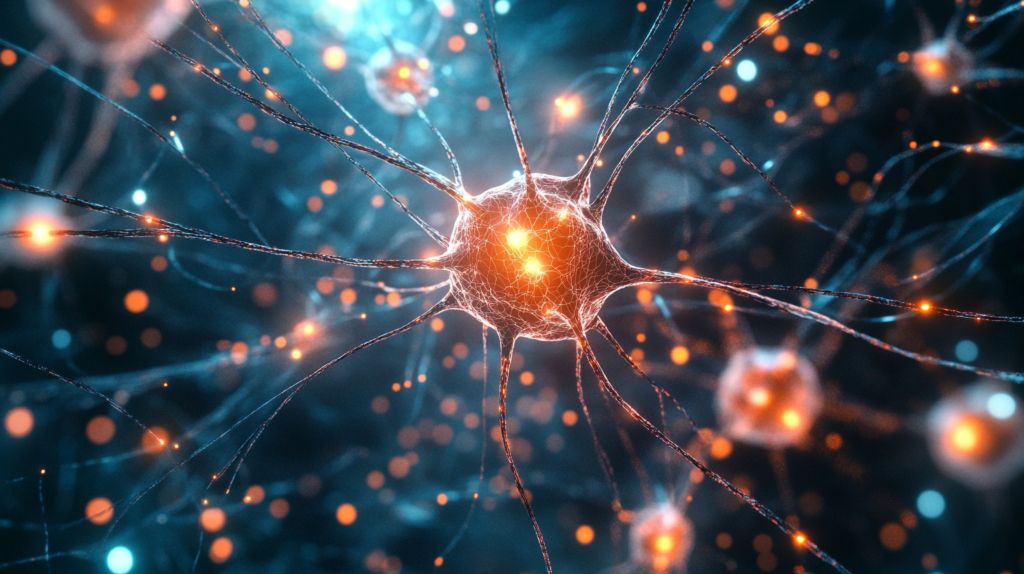
The Results of EMDR in Athletes
I’ve seen clients begin EMDR with clinical PTSD symptoms and leave with subclinical or no symptoms. This change not only enhances mental readiness for return to sport but also helps athletes reconnect with others in more authentic ways.
Mental trauma is just as real as physical trauma. The sports world must do better in acknowledging, screening for, and treating it.
Honoring the Voices That Inspire Change
As a mental health provider, I feel honored to work with athletes, coaches, performers, and leaders. Their courage and dedication inspire me, as I see lives change, often there is more clarity, creativity, curiosity, connection, confidence and calm.
I’m especially grateful for public figures like Mikaela Shiffrin, Naomi Osaka, Simone Biles, Miley Cyrus, Lady Gaga, and Prince Harry, who continue to shift the culture and normalize mental health treatment.
Their voices matter. And they remind others that help is available, and healing is possible.
